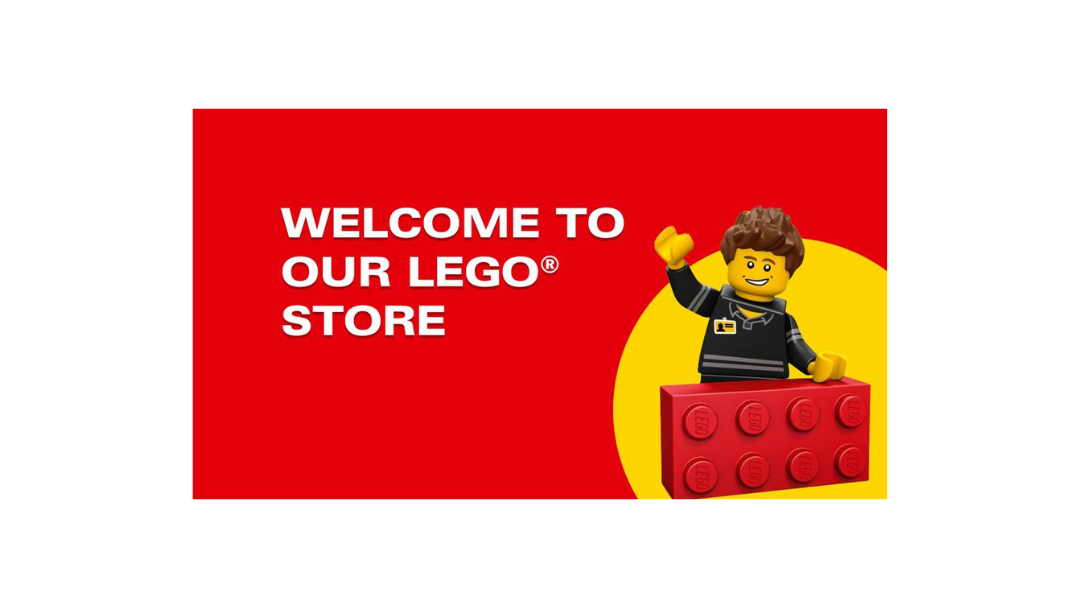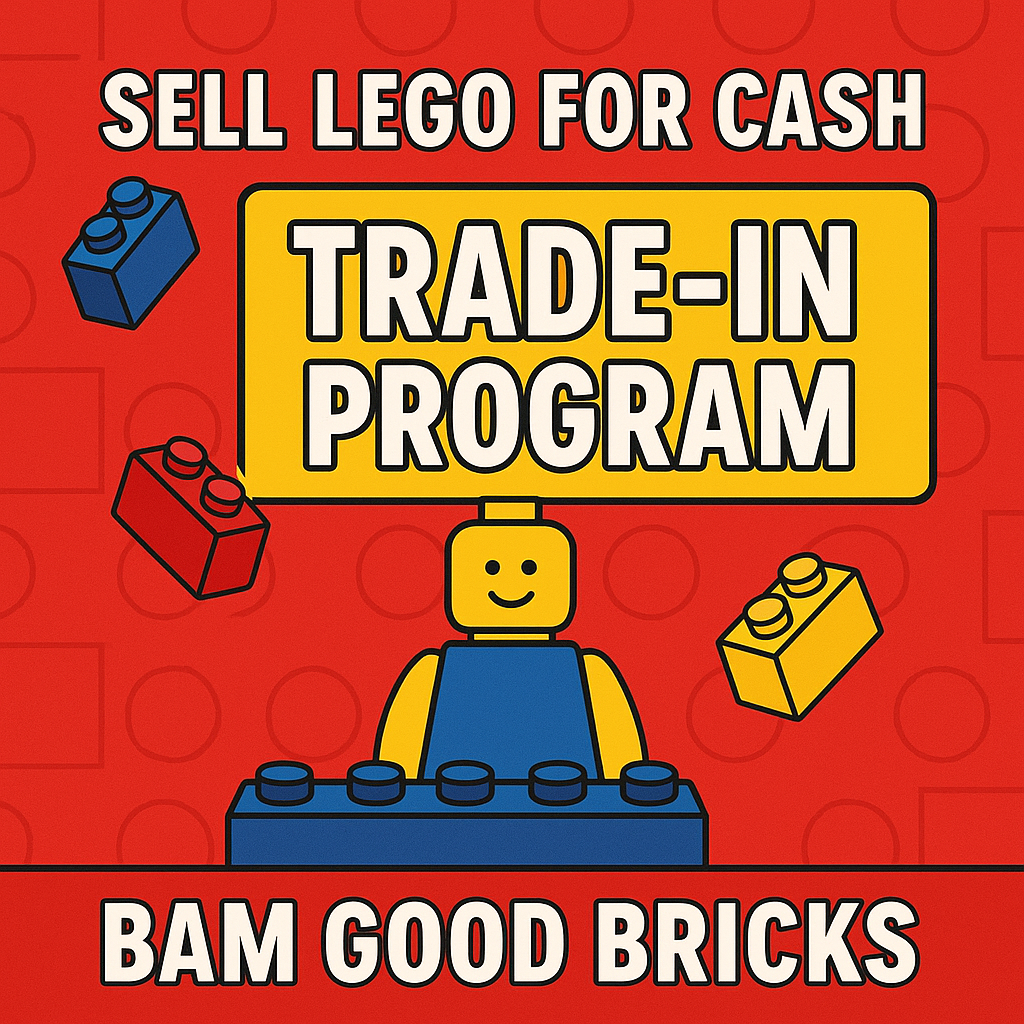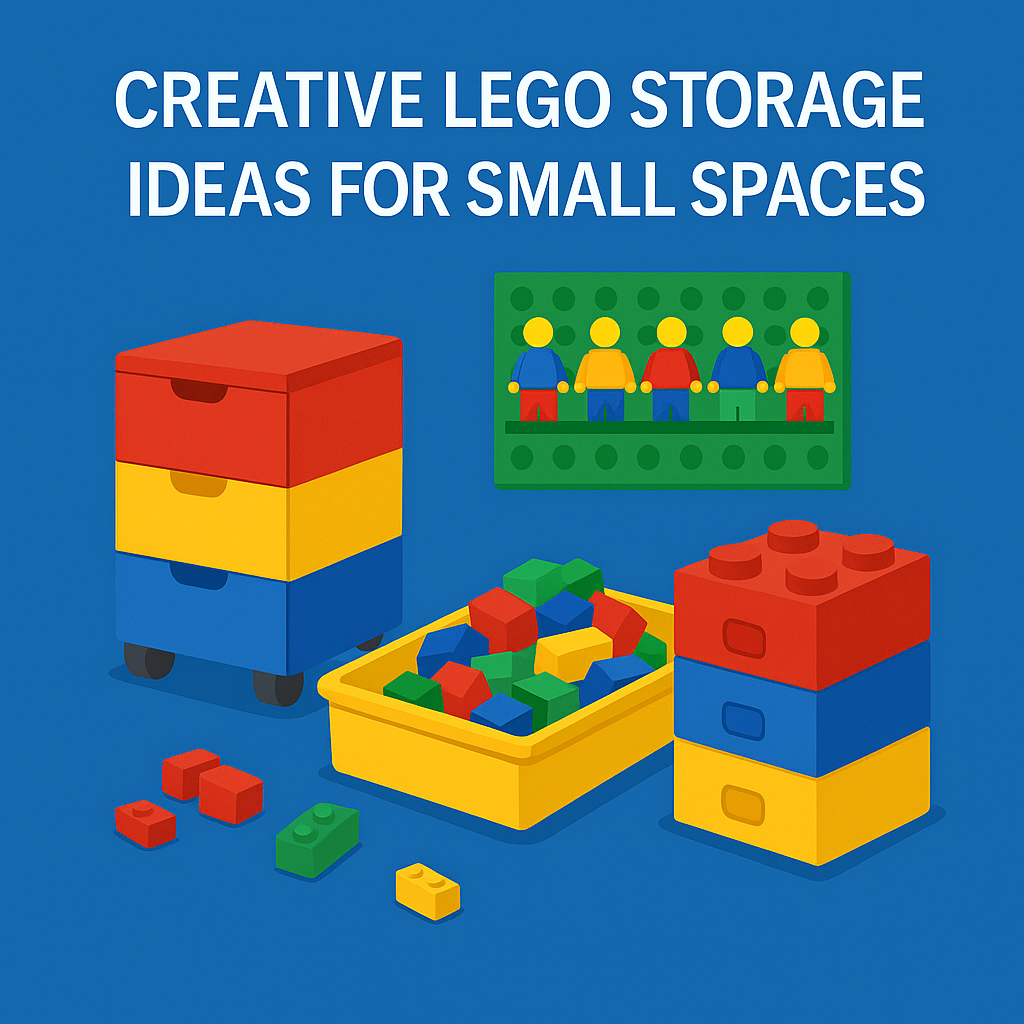The History of LEGO: From Wooden Toys to Global Phenomenon
LEGO isn’t just a toy — it’s a cultural icon that has inspired generations of builders, dreamers, and innovators. But the LEGO we know today started from humble beginnings in a small Danish workshop.
The Early Days (1932–1948)
In 1932, Danish carpenter Ole Kirk Christiansen began crafting wooden toys in Billund, Denmark. These toys were made with care, durability, and simplicity in mind. The name “LEGO” was coined in 1934, derived from the Danish phrase “leg godt”, meaning “play well” — a fitting motto for what would become one of the most beloved toy brands in the world.
From Wood to Plastic (1949–1958)
After World War II, materials were scarce, and Ole Kirk began experimenting with new manufacturing methods. In 1949, LEGO introduced its first plastic “Automatic Binding Bricks,” the direct ancestors of the LEGO bricks we use today.
In 1958, LEGO patented the stud-and-tube connection system, a brilliant design that allows bricks to lock together securely while still being easy to take apart. This innovation gave LEGO its unique versatility and compatibility — so much so that bricks made today still connect with those from 1958.
Expansion into Themes and Sets (1960s–1980s)
With the brick perfected, LEGO began creating themed sets to inspire imaginative play. Classics like Town, Castle, and Space became household favorites.
The company expanded globally, opening factories and offices in multiple countries, ensuring LEGO bricks would be available to children all over the world. By the late 1970s, LEGO introduced minifigures, bringing characters and storytelling into the builds.
Licensed Partnerships and Global Reach (1990s–2000s)
LEGO entered a new era with licensed themes, starting with Star Wars in 1999 — a move that transformed LEGO into a pop culture powerhouse. Soon after came Harry Potter, Marvel Super Heroes, DC Comics, Disney, and many more.
These partnerships allowed LEGO to appeal to both children and adult fans (AFOLs), combining nostalgic building with favorite franchises.
From Sets to Experiences (2000s–Today)
Today, LEGO is more than bricks. The brand has expanded into:
-
Video games like LEGO Star Wars and LEGO City Undercover.
-
Blockbuster movies such as The LEGO Movie.
-
Theme parks like LEGOLAND Resorts across the globe.
-
Specialized lines like LEGO Technic, Ideas, and Botanical Collection for advanced builders.
LEGO has also embraced sustainability, committing to using plant-based or recycled plastics in its bricks by the coming years.
Why LEGO’s History Matters to Builders Today
Whether you’re a collector hunting rare minifigures, a creative mind building massive MOCs (My Own Creations), or an investor seeking valuable LEGO sets, LEGO’s history shows that creativity never goes out of style.
And here at BAM Good Bricks, we celebrate that history by helping you build your own — with new, used, rare, and hard-to-find LEGO at great prices.





